Phlox tenuifolia, Santa Catalina Mountain Phlox
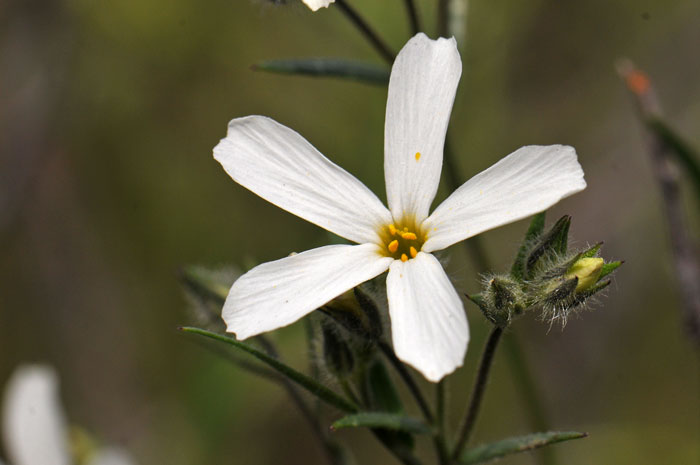
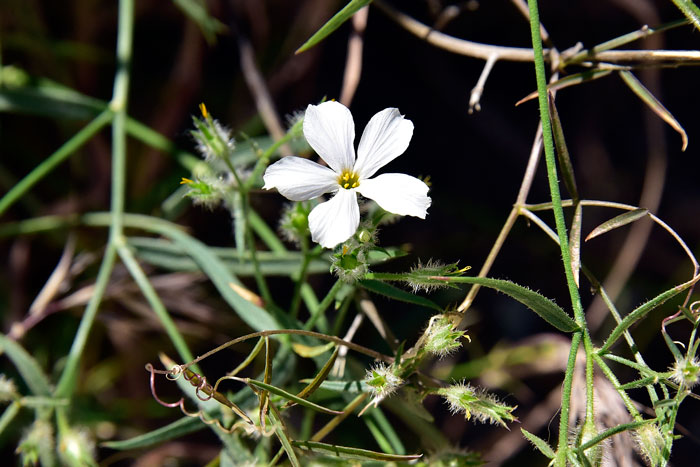
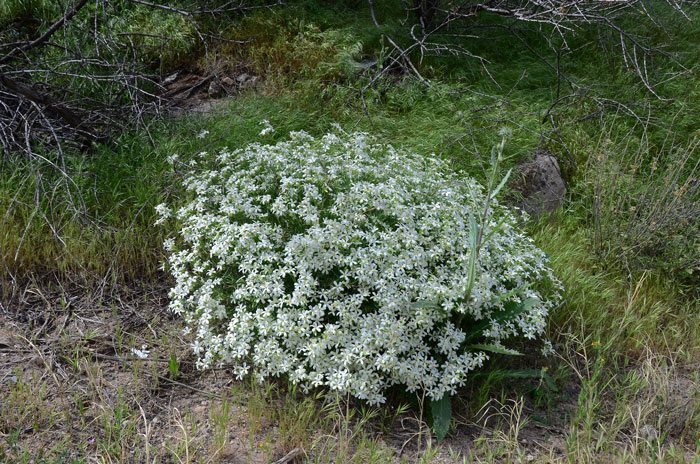
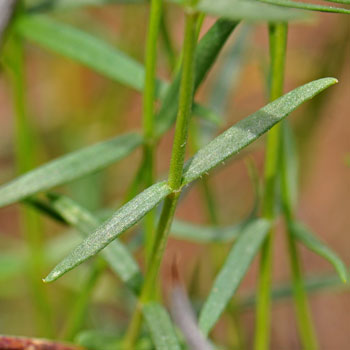
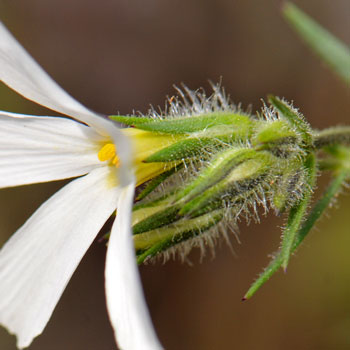
Scientific Name: Phlox tenuifolia
Common Name: Santa Catalina Mountain Phlox
Also Called: Santa Catalina Mountain Phlox, Santa Catalina Phlox
Family: Polemoniaceae, Jacob’s Ladder or Phlox Family
Synonyms: ()
Status: Native
Duration: Perennial
Size: Up to 24 inches or more (36 inches).
Growth Form: Forb/herb, subshrub; multiple stems (1 to 6), suffrutescent, clear gap between nodes, stems hairy, pilose to villous.
Leaves: Green; leaves small and sparse, leaves flat and variable in shape, linear to narrowly lanceolate, leaf surface smooth or sparsely pilose.
Flower Color: White, lavender; flowers showy with short pedicels, 2 to 3 terminal flowers, note photo above, pedicels sparsely glandular hairy, corolla funnel-form, corolla tube much longer than calyx lobes
Flowering Season: March to May, again August to September following sufficient monsoon rains.
Elevation: 1,500 to 5,000 feet.
Habitat Preferences: Rocky slopes, open to shaded sites, canyons, rocky ravines, shrub-lands, woodlands.
Recorded Range: Santa Catalina Mountain Phlox is rare in the United States where it is native central and southern Arizona. A popular place to observe this species is northeast of Tucson in the Santa Catalina Mountains.
North America & US County Distribution Map for Phlox tenuifolia.
U.S. Weed Information: No information available.
Invasive/Noxious Weed Information: No information available.
Wetland Indicator: No information available.
Threatened/Endangered Information: No information available.
Genus Information: USDA Plants.gov includes 72 species for the genus Phlox.
The Plant List includes 85 accepted species names for the genus Phlox.
Comments: The white funnel-form flowers of Santa Catalina Mountain Phlox are unique in the genus Phlox. It is interesting to note that only some populations of Santa Catalina Mountain Phlox are sweet-scented while others emit a musky scent. The type specimen for Phlox tenuifolia is from the Santa Catalina Mountains.
In Southwest Desert Flora also see; Slender Phlox, Phlox gracilis and Showy Phlox, Phlox speciosa.

